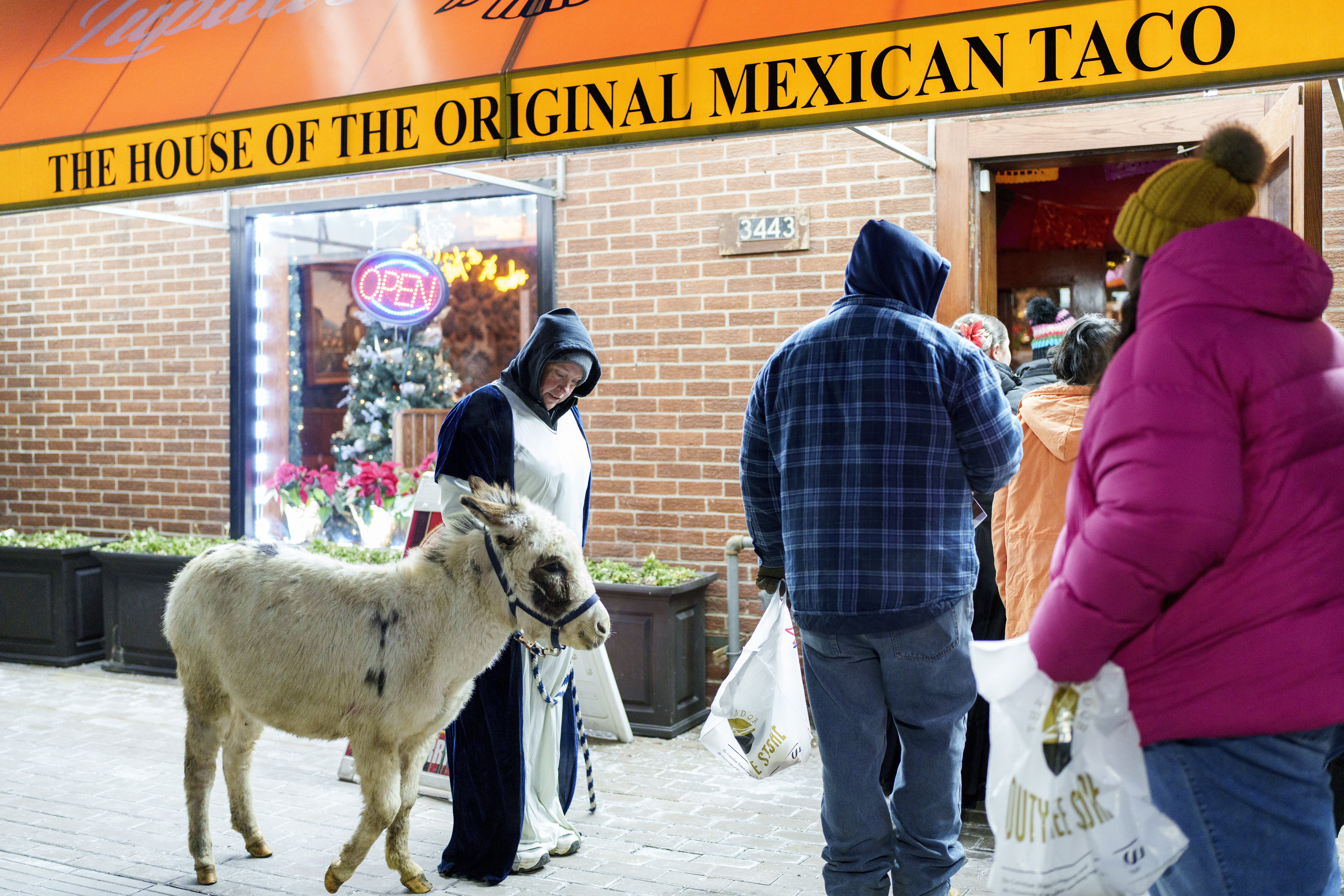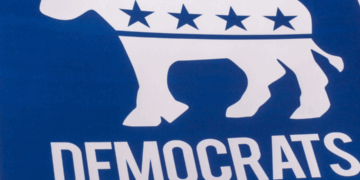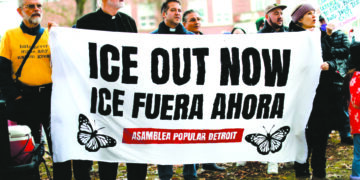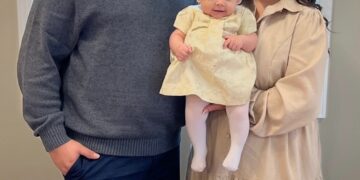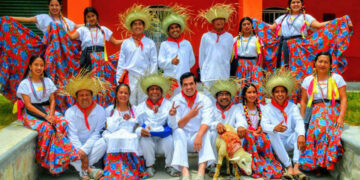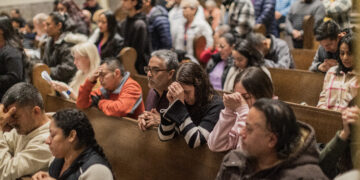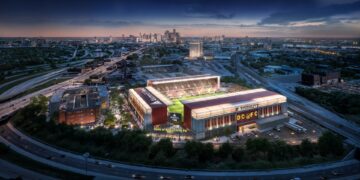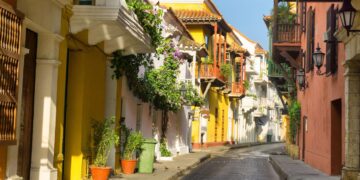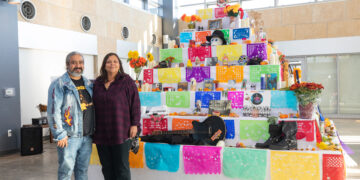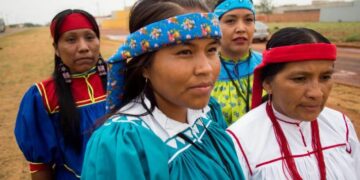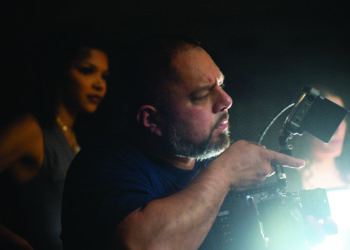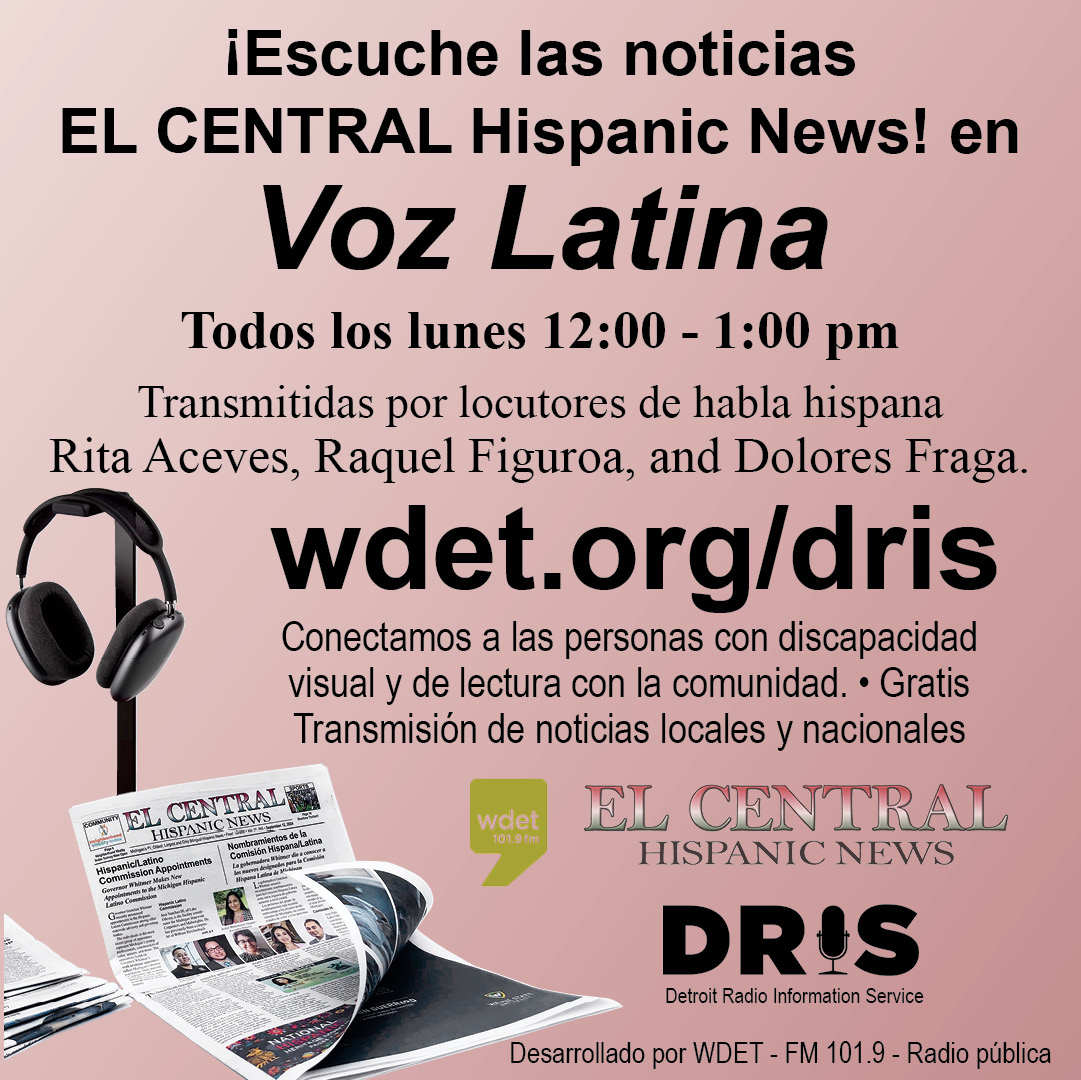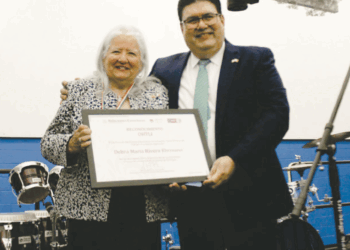Last Thursday, January 11, the Detroit Regional Chamber hosted its annual policy conference at MotorCity Casino in Detroit, focusing on addressing the challenges of growing Michigan population. The governor’s population growth council presented their findings from the Growing Michigan Together Report, which was released in December, highlighting ways to increase the state’s population.
Education and transportation were the most prominent and widely discussed issues during the conference. The discussions revolved around the current state of education, the need for innovation, and how technology can be leveraged to improve learning outcomes. When it comes to transportation, the conversations centered around the importance of sustainable transportation, the need for better infrastructure, reducing congestion, reducing wait times for public transit, and improving safety.
Exploring the Future of Education
Education in Michigan is facing a crisis, with issues including educator shortages, outdated school systems, and a lack of culturally sensitive curriculum. There is a need for equitable funding, updated school systems, and the integration of technology to address these challenges in Black and brown communities.
“We need an upgraded school system and an updated curriculum. And so, a lot of what we need to learn is about critical thinking and adaptability,” said Angelique Power, President and Chief Executive Officer of the Skillman Foundation. “We need a culturally sensitive curriculum to be taught. We also need to be taught about self-determination.”
Mobility: The Next Generation of Transportation
Getting around Detroit has always been a challenge due to transportation issues. By implementing transformative transportation solutions, Detroit can have a brighter, more connected future. Portia Roberson, President and Chief Executive Officer of Focus HOPE, talks about how the number one barrier is always transportation. For many residents of Detroit, reliable and efficient transportation is not just a convenience but a necessity.
“If we can’t move people (from training) to job opportunities, they can’t stay (working) here because they’re unable to get there. I can give you many examples of how we’ve had to pivot and make sure that some of our dollars are used simply to move people after they graduate from a program and focus on getting them the job they’ve been hired to do,” Roberson said.
The city’s sprawling layout and limited public transportation options have created a significant barrier to accessing employment, education, healthcare, and other essential services, specifically for inner-city residents. The impact is felt most in neighborhoods where reliable transportation remains limited due to existing socio-economic disparities, namely in Black and brown communities.
Collaboration between the public and private sectors, community organizations, and city planners is vital to creating a sustainable future for Detroit. Then, it can be infused into a more connected and inclusive community by focusing on initiatives that promote alternative transportation options, such as walkability and enhanced bike infrastructure. Also, technology can play a significant role in optimizing transportation services, making them more efficient and accessible to everyone.
Addressing transportation challenges is crucial for connecting communities and enabling easy access to opportunities. Modernizing public transportation, for example, introducing wireless charging roads and EV vehicles, helps expand connectivity, and promoting sustainable modes of transport can eliminate significant barriers and make Michigan more accessible and appealing for residents.
Building a Welcoming Community is Essential to Growing Our Population
The impact of immigration on Michigan’s population cannot be overstated when discussing population growth. After years of grappling with population decline, the state witnessed a positive upturn, and experts attribute this reversal to the newfound vitality brought by immigrants. Communities across Michigan have seen a renewed sense of vibrancy as diverse groups of individuals contribute their skills, talents, and perspectives to the community.
In recent years, Michigan has experienced a transformative shift in its demographic landscape, marked by a notable increase in immigration. According to the 2020 Census, the Hispanic or Latino population in Wayne County increased by 23.5% over the previous ten years. This surge in newcomers has played a pivotal role in revitalizing the state’s population, breaking a trend of stagnation that persisted for decades. The influx of immigrants has not only injected diversity into communities but has also become a driving force behind Michigan’s economic and cultural resurgence.
We are heartened to see the positive impact that immigration has had on growing Michigan’s communities. The exchange of different cultural perspectives has brought about innovation and creativity, making the state’s social fabric more dynamic and interconnected. From arts and cuisine to technology and education, the influence of diverse backgrounds has been a catalyst for progress and enrichment.
While there may be concerns about the challenges associated with a growing population, it’s crucial to recognize the overall positive impacts of this growth and diversity on Michigan. The state’s commitment to fostering an inclusive environment will address population decline and position Michigan as a beacon of diversity and growth in the heart of the Midwest.
Given the current political climate, it is imperative to have informed and open-minded discussions about these issues and their impact on our society. In this presidential election year, EL CENTRAL will devote its resources to more in depth coverage of the policies and issues surrounding immigration as well as the growing political influence of Hispanics in our state and nationally. It is our hope that shining a spotlight on these issues and trends will help foster a more productive and thoughtful dialogue leading to the resolution of some of the most critical challenges facing our community.

